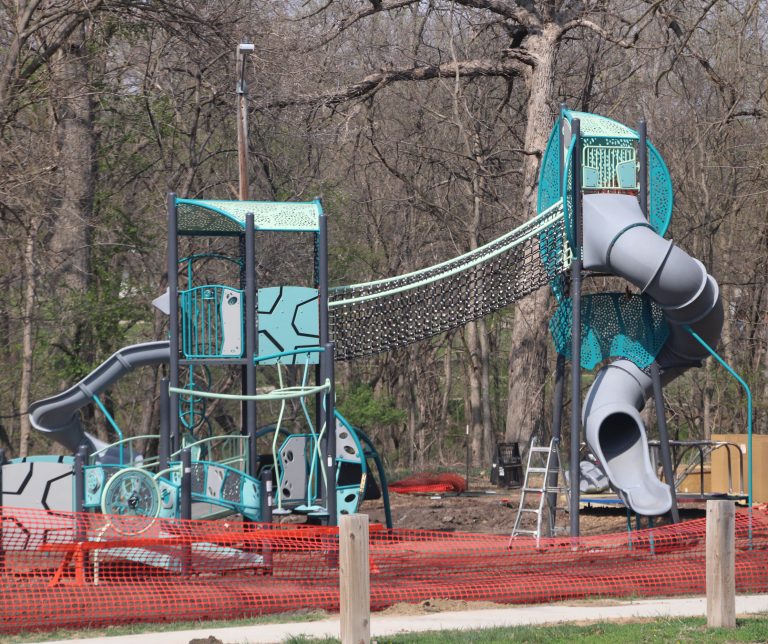Now that April is here, we can start thinking more about renovating our lawns that may have been damaged by winter or the drought. You may need to overseed your lawn, fertilize it or deal with weeds. Make sure you follow the recommended timing for all of these activities to ensure success.
If you have bare patches in your lawn or just would like to make your lawn more vigorous, overseeding can help. Overseeding can be done in April, but anytime by the end of April to the early part of May is still fine for overseeding. According to Purdue University, the optimum air temperature for germination of Kentucky bluegrass seed is 59-86 degrees, for Tall fescue it is 68-86 degrees. So, wait until it warms up more consistently before overseeding the lawn.
Kentucky bluegrass and turf-type tall fescue are both great cool season turfgrass choices for southeast Nebraska, purchase seed that is blue tag certified for highest quality and least weed issues. We recommend 100% of either or a 50/50 mix of the two types for a cool season turf. You could use 100% buffalograss if you prefer warm season grass.
When overseeding, it can be helpful to aerate the lawn first so the seed can drop down into the plug holes afterwards, but it is not necessary. If you plan to kill off existing vegetation first, you can use glyphosate, or Roundup, but it needs to be done 1-2 weeks ahead of seeding. If you are just thickening up the stand or filling in bare spots, just spread the seed and then rake it in with a stiff-tined rake. You can use a starter fertilizer when planting new grass. Do not use pesticides on the newly seeded areas until they have been mowed 3 times, with the exception of mesotrione, or Tenacity, which can be used at seeding, just follow the label on how to apply at seeding.
Fertilizer is another lawn activity we often do in the spring. You can apply a fertilizer application as needed in mid to late April. Wait to see how the lawn greens up to determine if a spring application is necessary. If a lawn has a medium green hue in late April, skip the typical Arbor Day application in favor of one in late May to early June. If you are unsure of what nutrients are needed in your lawn, you can do a soil test first to determine nutrients needed for best plant health.
Crabgrass germinates when the soil temperatures average 55-60 degrees Fahrenheit. So, crabgrass preventer should be applied when the soils reach that temperature for a week-long average, visit cropwatch.unl.edu/soiltemperature to view the current soil temperatures for your area. Typical pre-emergence herbicides include dithiopyr, prodiamine, or pendimethalin as the active ingredient. Do not use crabgrass pre-emergence herbicides on newly seeded lawns.
We have a lot of perennial weeds in our lawn as well. Plants like dandelions, creeping Charlie, and clover are perennial broadleaf weeds. Broadleaf weeds are best controlled in the fall once the weeds have begun their preparations for winter. Spraying these weeds in the spring will knock them down but likely will not kill them outright. Also, broadleaf herbicides often contain 2,4-D and Dicamba which will move and injure or kill nearby desired plants. Do not use 2,4-D or Dicamba products in temperatures above 85 degrees, which makes fall a better time for weather as well.
*Reference to commercial products or trade names does not imply endorsement by Nebraska Extension or bias against those not mentioned.
If you have any further questions please contact Nicole Stoner at (402) 223-1384, nstoner2@unl.edu, visit the Gage County Extension website at www.gage.unl.edu, or like my facebook page at http://www.facebook.com/NicoleStonerHorticulture and follow me on twitter @Nikki_Stoner


